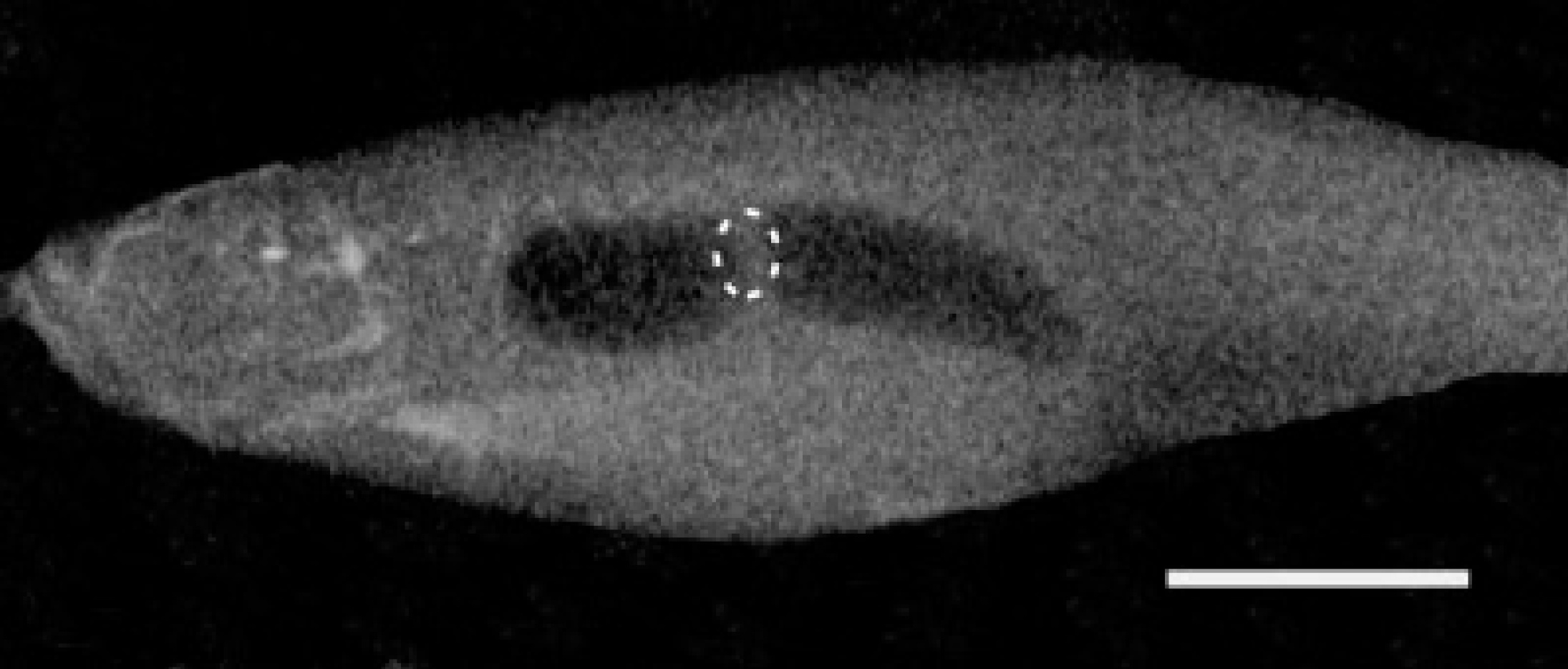
The Contribution of the Swimbladder to Buoyancy in the Adult Zebrafish (Danio rerio): A Morphometric Analysis
The Contribution of the Swimbladder to Buoyancy in the Adult Zebrafish (Danio rerio): A Morphometric Analysis
George N. Robertson, Benjamin W Lindsey, Tristan C. Dumbarton, Roger P. Croll, and Frank M. Smith
A significant portion of the body mass of teleost fishes is composed of tissues such as bone and muscle that are denser than water (Alexander, 1993). Consequently, compensatory mechanisms are required to reduce the overall density of the body, in order to decrease the energetic cost of swimming to maintain vertical position in the water column. Pelagic teleosts have evolved several strategies to overcome the inherent negative buoyancy related to the density of body tissues. These include the synthesis of large amounts of lipid, the development of ‘‘watery’’ muscles, the reduction of bone mass, and the presence of an internal gas-filled chamber, the swimbladder (Alexander, 1972, 1989; Lefrancois et al., 2001). Of all the mechanisms used by fish to reduce total body density, the swimbladder has been proposed to be the most energy efficient (Alexander, 1993). The volume of low-density gas in the swimbladder offsets the higher density of body tissues so that fish possessing swimbladders are very close to neutral buoyancy at a specific depth in the water column. However, the quantitative contribution of the swimbladder to the attainment of neutral buoyancy has been established for only a few species of teleosts, including some cyprinids (Alexander, 1959) and the toadfish (Fine et al., 1995). Here we investigated the contribution of the swimbladder to buoyancy in a small fresh-water cyprinid, the zebrafish (Danio rerio).
READ FULL PUBLICATION
Robertson et al., 2008 (421 KB)




